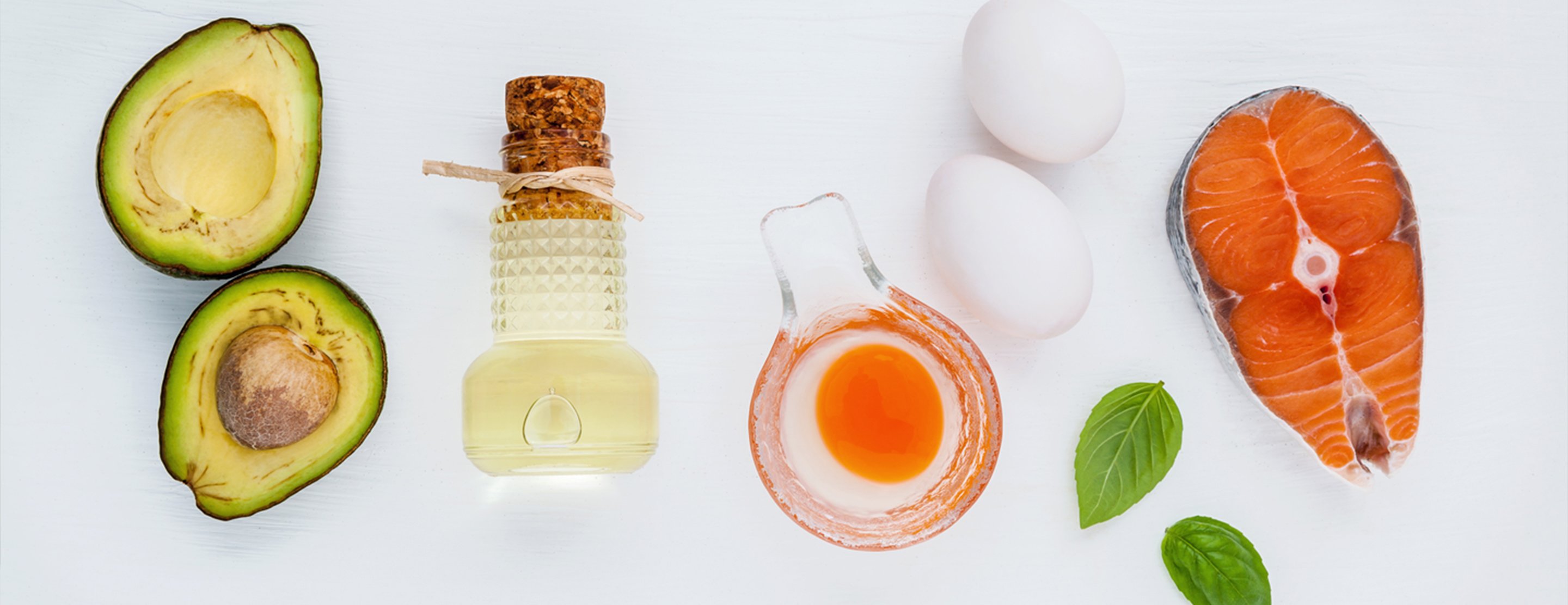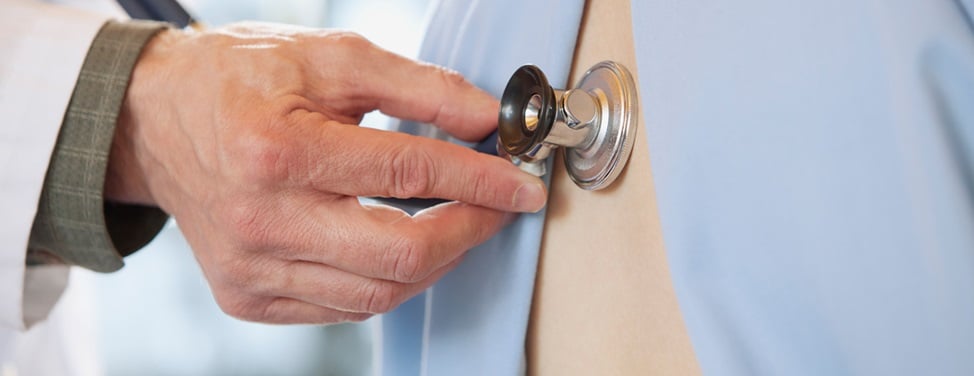
ILD Nutrition Manual: Increasing Protein in Your Diet
20 Ways to Add Protein to Your Diet
Milk
- Drink a glass of milk with a snack.
- Add powdered milk to regular milk to drink or add to any recipe calling for milk, such as pudding, macaroni and cheese, mashed potatoes, custard or casserole.
Cheese
- Add cheese to sandwiches, toast, tortillas and crackers. Melt cheese on vegetables, pasta and meat.
- Have a bowl of chili with melted cheddar cheese.
- Make a pasta dish with ricotta cheese and sauce, melt mozzarella on top and sprinkle with parmesan cheese.
- Mix cottage cheese with fresh or canned fruit.
Yogurt
- Have yogurt as a snack; add some nuts or seeds for extra protein.
Poultry and Fish
- Chop chicken or turkey into small pieces and add two to three ounces to each serving of soup.
- Eat chicken salad as an entree, in a sandwich or on crackers.
- Add ground turkey or beef to spaghetti sauce of chili.
- Have a tuna fish sandwich or just a can of tuna fish as part of your lunch.
Eggs
- Eat hard-boiled eggs as snacks.
- Eat deviled eggs.
- Make an omelet with whole eggs or egg whites and add shredded cheese, chopped meats and vegetables. You will get less saturated fat with egg whites but you need two egg whites to equal the amount of protein in one whole egg.
Nuts and Nut Butters
- Have a peanut butter and jelly sandwich or eat peanut butter mixed with a banana.
- Add chopped or ground nuts to muffins, pancakes, milkshakes, stir-fry or other meals and snacks.
Tofu
- Make a milkshake or pudding pie with silken tofu.
Beans and Legumes
- Make a bean dip: Layer refried beans, cheese, sour cream, guacamole and other desired ingredients, and eat as is or with chips.
- Eat hummus with pita bread, vegetable sticks or crackers.
Supplemental Drinks
- Consume supplemental drinks such as Ensure or Boost Plus. The "plus" versions have about 6 to 8 more grams of protein than the regular kind.
All of these ideas can be adjusted to decrease saturated fat content. For instance, use low- or non-fat dairy products such as milk, cheese, yogurt, ricotta and cottage cheese; use egg whites instead of whole eggs; and use low- or non-fat mayonnaise and sour cream.
High-Protein Foods
The amount of protein in common foods is listed below. A good shortcut is that one ounce of meat or fish has about 7 grams of protein.
Beef
- Hamburger patty, 4 ounces — 28 grams
- Steak, 6 ounces — 42 grams
- Most cuts of beef — 7 grams of protein per ounce
Chicken
- Chicken breast, 3.5 ounces — 30 grams
- Chicken thigh, average size — 10 grams
- Drumstick — 11 grams
- Wing — 6 grams
- Chicken meat, 4 ounces cooked — 35 grams
Pork
- Pork chop, average size — 22 grams
- Pork loin or tenderloin, 4 ounces — 29 grams
- Ham, 3 ounces — 19 grams
- Ground pork, 3 ounces cooked — 22 grams
- Bacon, 1 slice — 3 grams
- Canadian-style bacon (back bacon), slice — 5 to 6 grams
Eggs and Dairy
- Egg, large — 6 grams
- Milk, 1 cup — 8 grams
- Cottage cheese, 1/2 cup — 15 grams
- Yogurt, 1 cup — usually 8 to 12 grams
- Soft cheeses (Mozzarella, Brie, Camembert) — 6 grams per ounce
- Medium cheeses (Cheddar, Swiss) — 7 or 8 grams per ounce
- Hard cheeses (Parmesan) — 10 grams per ounce
Beans (including soy)
- Tofu, 1/2 cup — 20 grams
- Tofu, 1 ounce — 2.3 grams
- Soy milk, 1 cup — 6 to 10 grams
- Most beans (black, pinto, lentils, etc) — about 7 to 10 grams protein per half cup of cooked beans
- Soy beans, 1/2 cup cooked — 14 grams
- Split peas, 1/2 cup cooked — 8 grams
Nuts and Seeds
- Peanut butter, 2 tablespoons — 8 grams
- Almonds, 1/4 cup — 8 grams
- Peanuts, 1/4 cup — 9 grams
- Cashews, 1/4 cup — 5 grams
- Pecans, 1/4 cup — 2.5 grams
- Sunflower seeds, 1/4 cup — 6 grams
- Pumpkin seeds, 1/4 cup — 19 grams
- Flax seeds, 1/4 cup — 8 grams
Fish
- Most fish filets or steaks — about 6 grams per ounce
- Tuna, 6-ounce can — 40 grams
Next:
ILD Nutrition Manual Index:
- ILD Nutrition Manual: General Guidelines for Eating Healthy
- ILD Nutrition Manual: Body Mass Index
- ILD Nutrition Manual: Increasing Protein in Your Diet
- ILD Nutrition Manual: Tips for Gaining Weight
- ILD Nutrition Manual: High-Calorie, High-Protein Sample Menu
- ILD Nutrition Manual: High-Calorie Shakes and Smoothies
- ILD Nutrition Manual: Tips for Losing Weight
- ILD Nutrition Manual: Plate Method for Healthy Meal Planning
- ILD Nutrition Manual: Prednisone and Weight Gain
UCSF Health medical specialists have reviewed this information. It is for educational purposes only and is not intended to replace the advice of your doctor or other health care provider. We encourage you to discuss any questions or concerns you may have with your provider.














